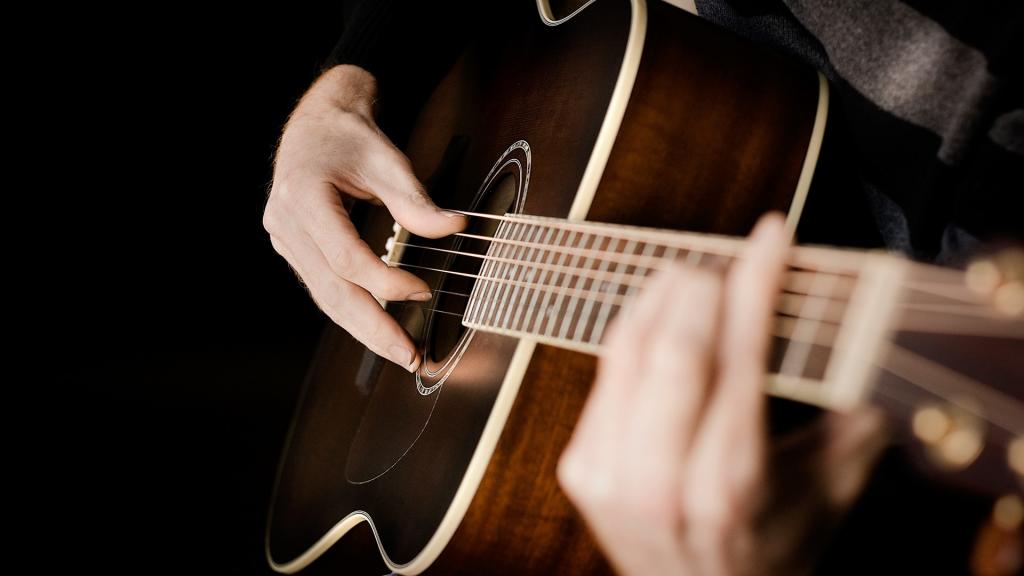
The Fullwidth Header
This style shows a single image as the hero. You can vary the height on this image if you'd like. "Slide group" is also available, where you have more than one hero image.
The text and CTA can align left or right.
Basic HTML 2 Column
This is a two-column layout. This is the left side content., and this block is larger than the content on the right. You can add text here, as well as an image.
This is a two-column layout. This is the right side content. You can add text here, as well as an image.
Some basic HTML content
Basic HTML is a single column module that spans the width of the page.
Lorem ipsum dolor sit amet, consectetur adipiscing elit. Lorem ipsum dolor sit amet, consectetur adipiscing elit. Nulla porttitor accumsan tincidunt. Cras ultricies ligula sed magna dictum porta.
Vivamus suscipit tortor eget felis porttitor volutpat. Vivamus magna justo, lacinia eget consectetur sed, convallis at tellus. Vestibulum ante ipsum primis in faucibus orci luctus et ultrices posuere cubilia Curae; Donec velit neque, auctor sit amet aliquam vel, ullamcorper sit amet ligula. Donec rutrum congue leo eget malesuada. Lorem ipsum dolor sit amet, consectetur adipiscing elit. Pellentesque in ipsum id orci porta dapibus.
Acoustic Techniques
Acoustic Techniques
A default well with some video content
Praesent sapien massa, convallis a pellentesque nec, egestas non nisi. Mauris blandit aliquet elit, eget tincidunt nibh pulvinar a. Lorem ipsum dolor sit amet, consectetur adipiscing elit. Vestibulum ac diam sit amet quam vehicula elementum sed sit amet dui. Curabitur non nulla sit amet nisl tempus convallis quis ac lectus. Vestibulum ante ipsum primis in faucibus orci luctus et ultrices posuere cubilia Curae.
An ImageGrid module in a dark well
Cras ultricies ligula sed magna dictum porta. Cras ultricies ligula sed magna dictum porta. Curabitur aliquet quam id dui posuere blandit.

A Fullwidth Header in content
Another linkSome of our favorite products
This is a PromoGroup containing products in a "tech" style well.
FAQ Group
FAQs are added as separate nodes, and are then combined within a page as an "FAQ Group." Below are existing FAQs, so you can see the layout.
-
What's the difference between NANOWEB® and POLYWEB® Coatings?
The difference between our coating "flavors" lies in the tone and feel. Elixir Strings with NANOWEB Coating sound and feel more like traditional, uncoated strings. They are bright and lively, and the coating is so thin that you can barely tell it's there.
Elixir Strings with POLYWEB Coating have a warm, "played-in" tone.
While our POLYWEB and NANOWEB Coatings differ in tone and feel, both offer a smooth feel, reduce finger squeak, and deliver extended tone life.
-
Do you make taper wound bass strings?
Yes! We offer taper wound bass strings for 4-, 5-, and 6-string sets – check out the bass product section to find out the details.































